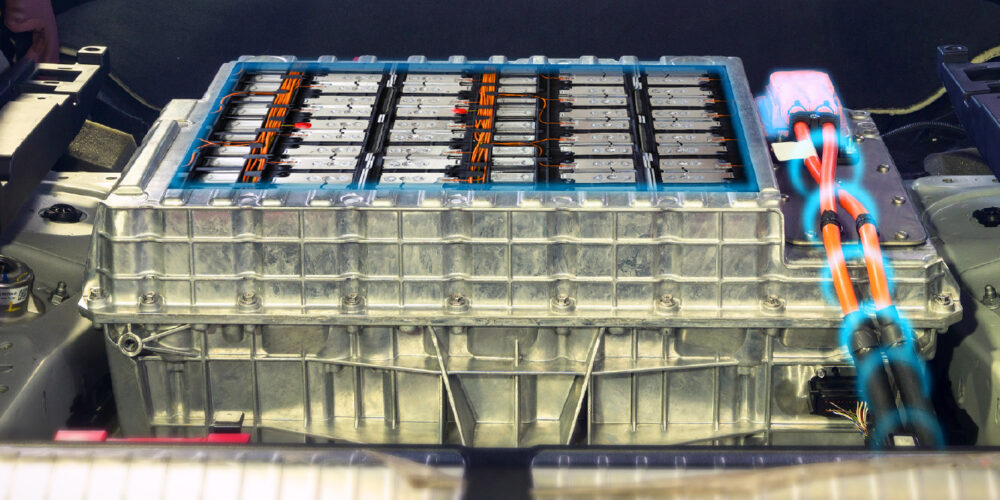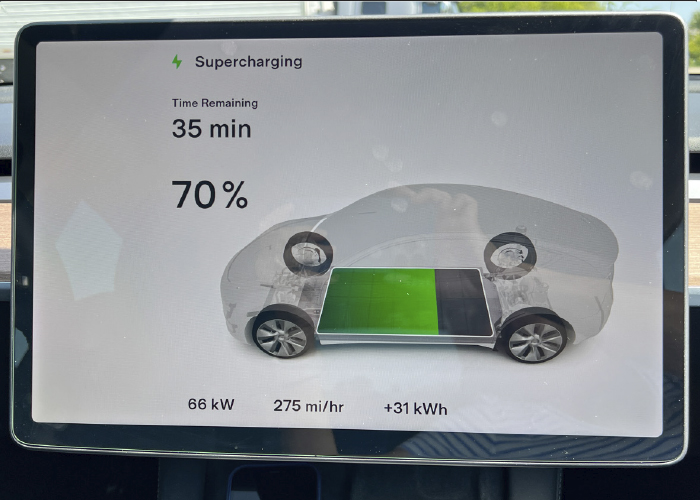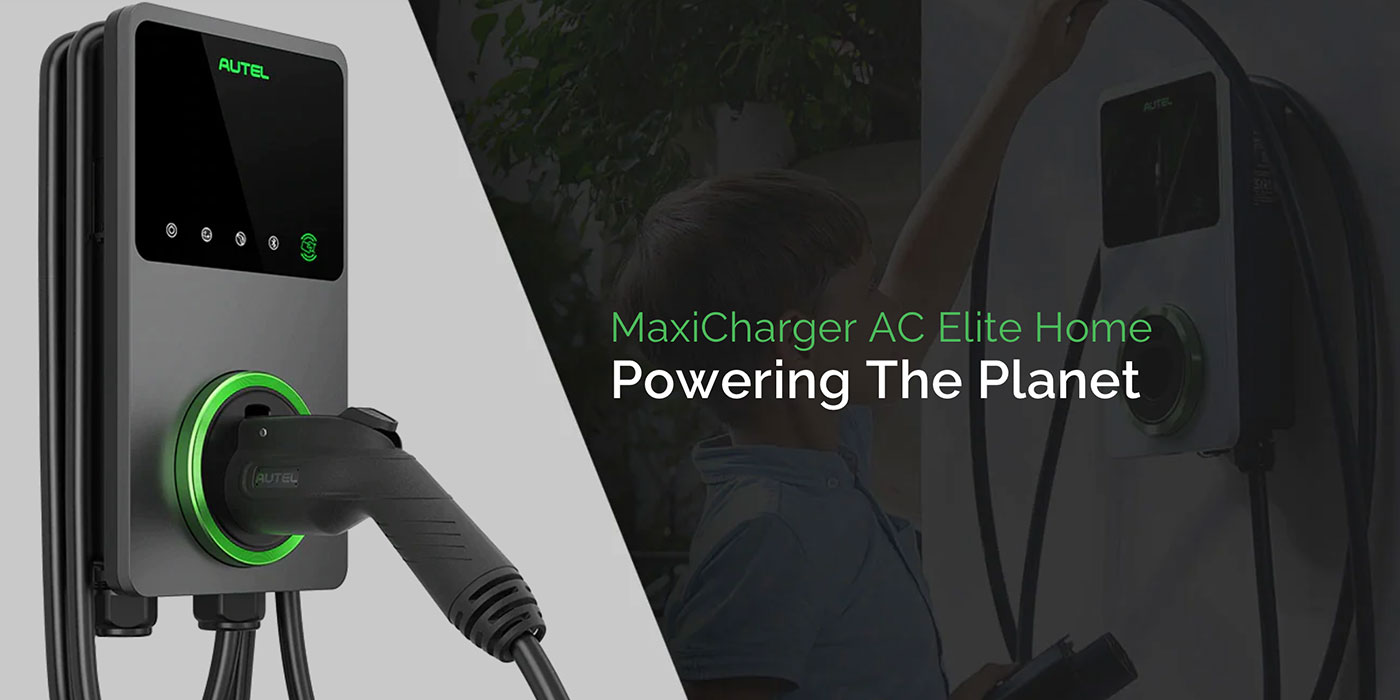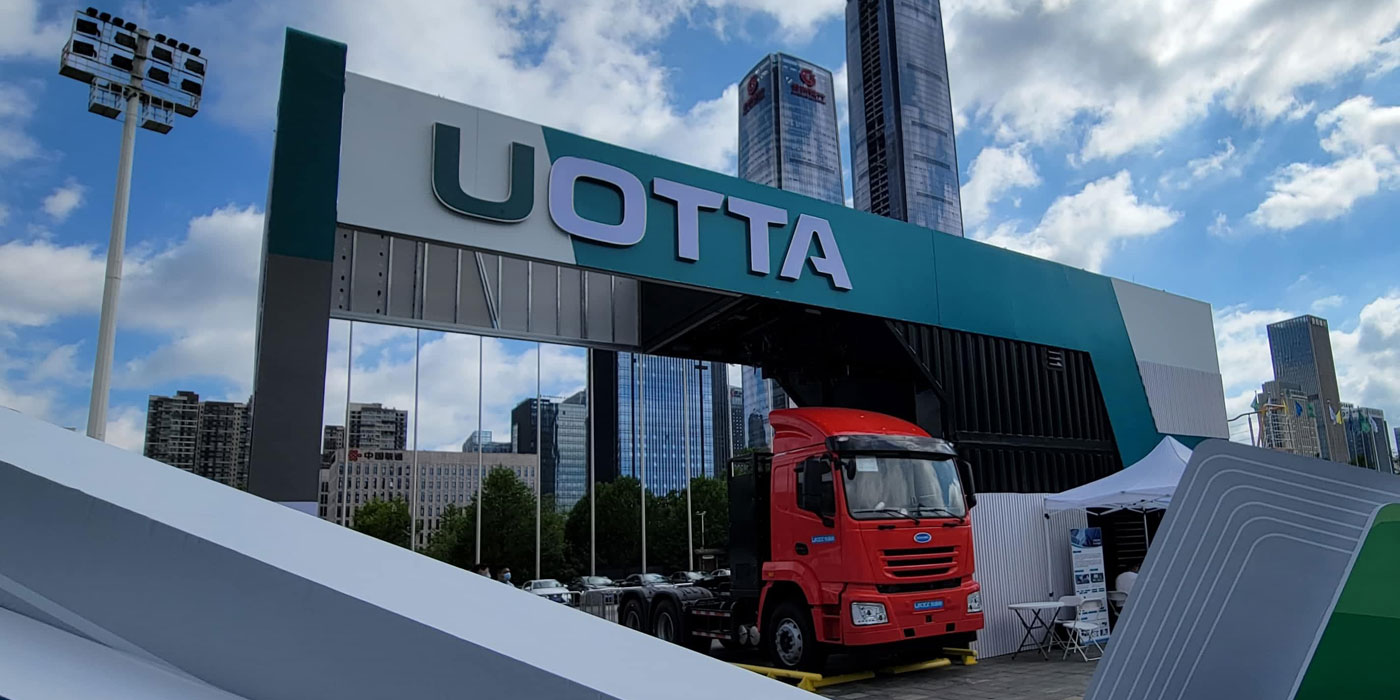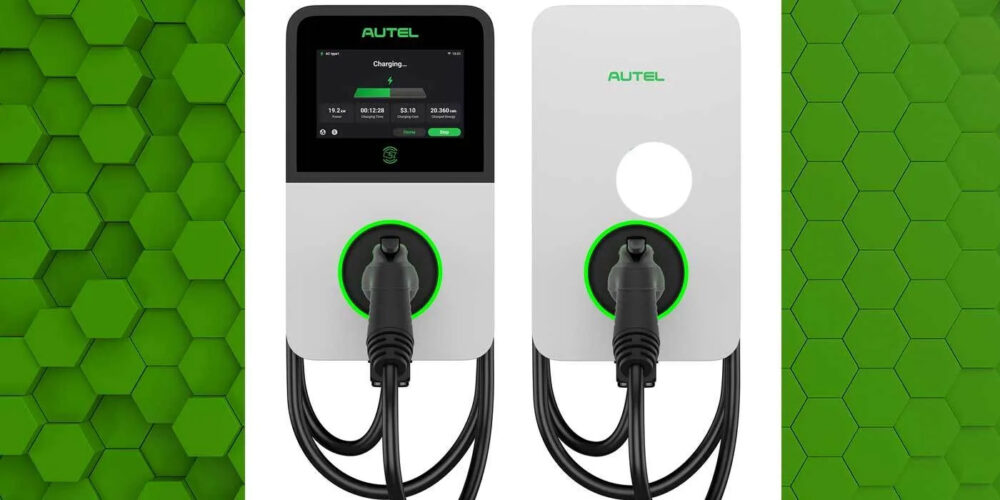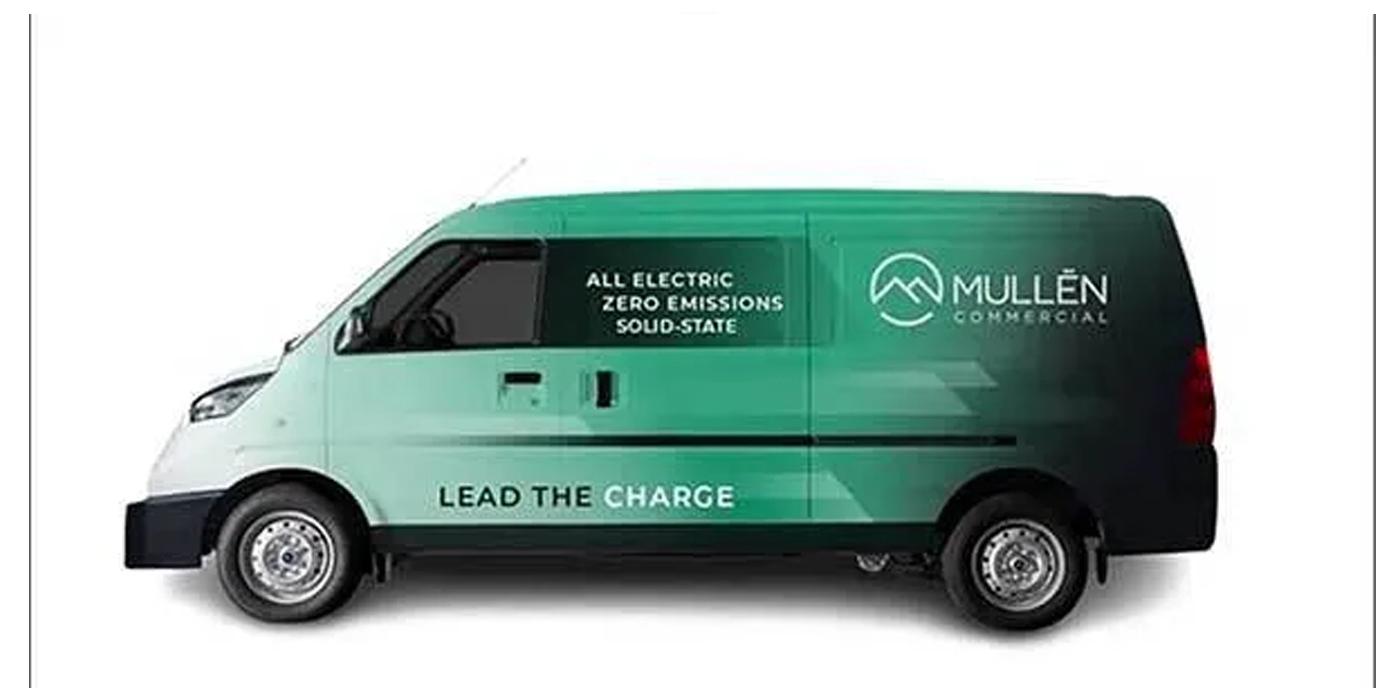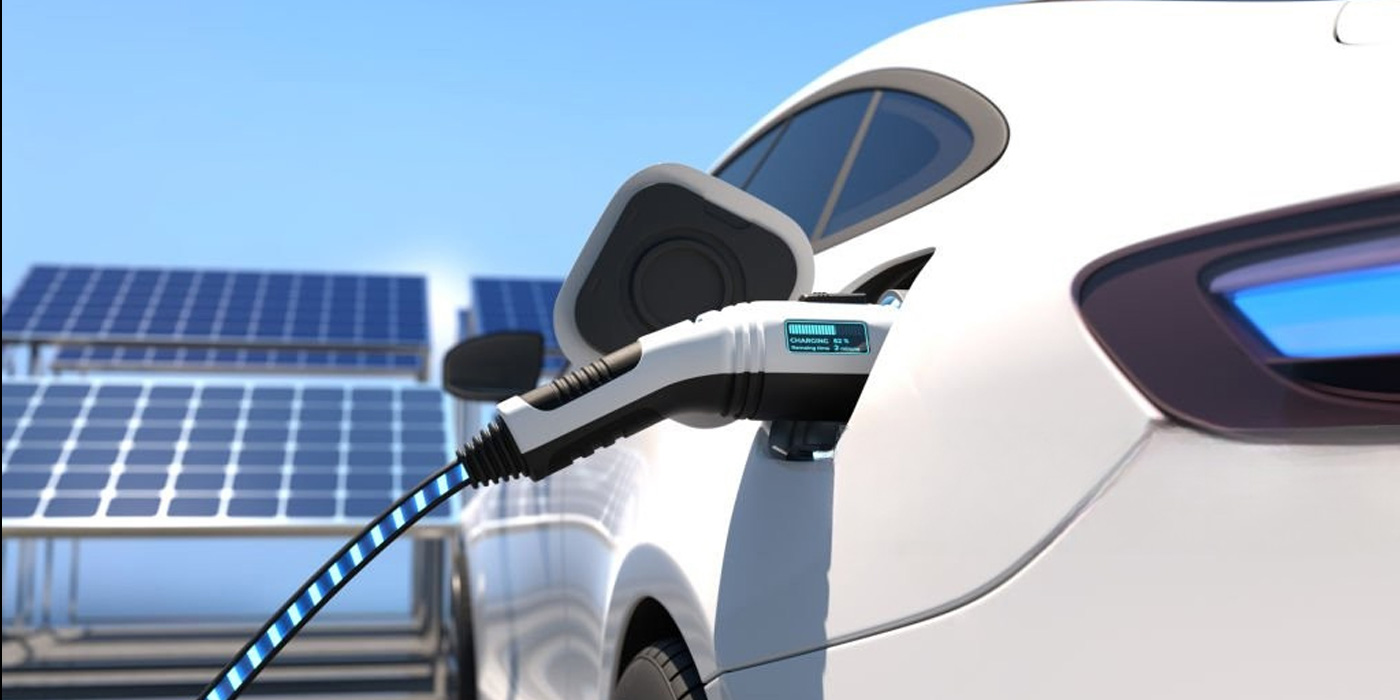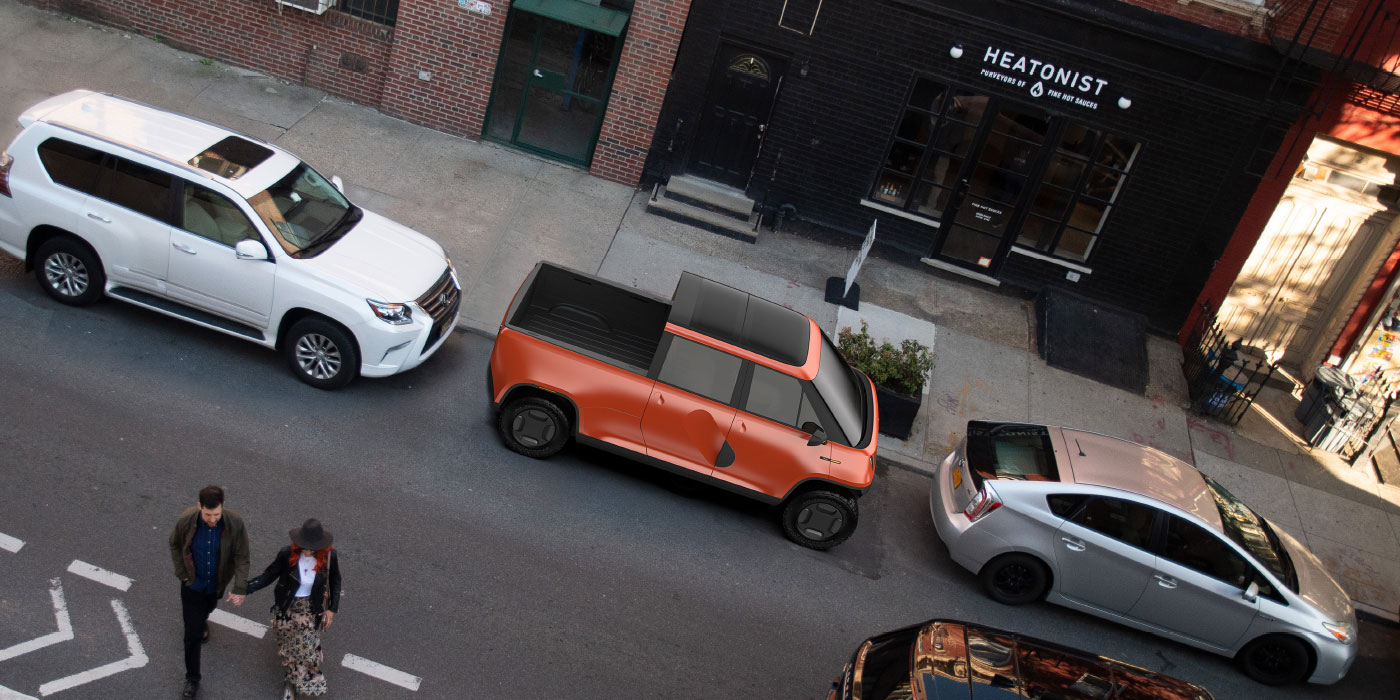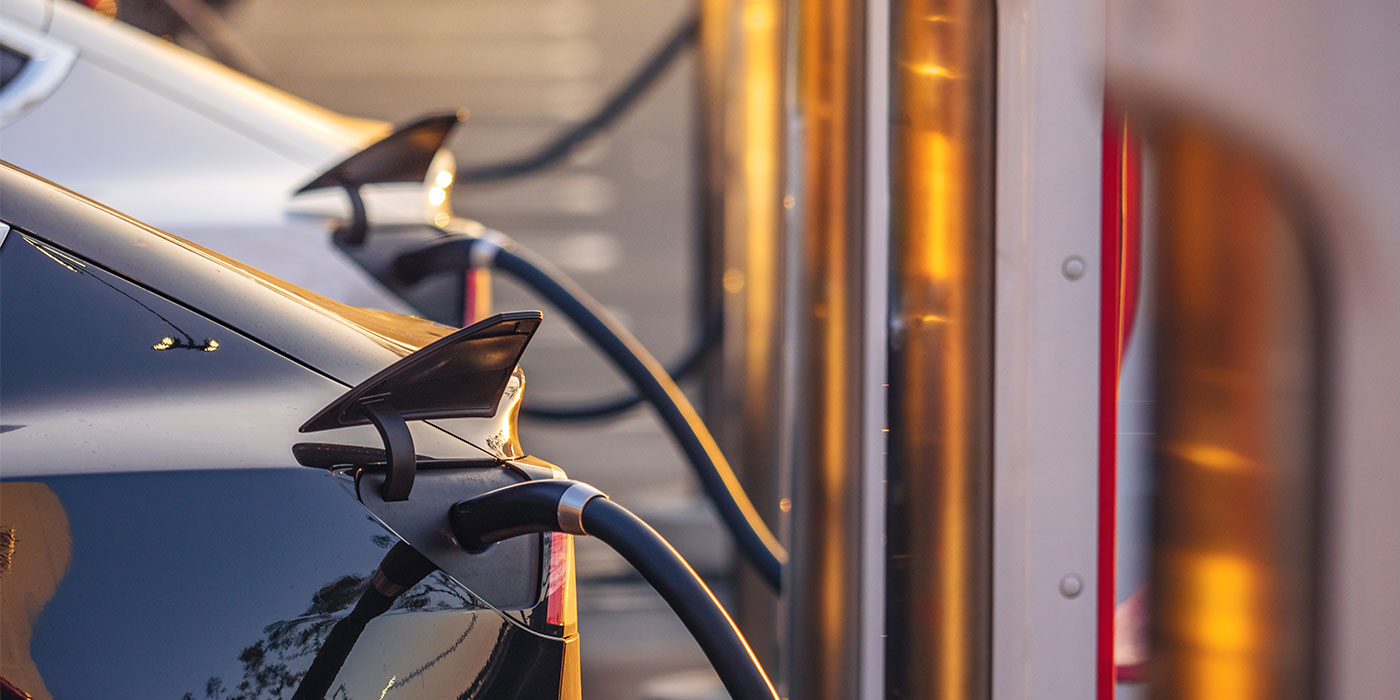Battery pack replacement for hybrids and battery electric vehicles is a difficult topic to cover. Every model year they improve, and every year the packs in the field rack up the miles and charges. And, as the battery pack ages, it also degrades. This is simple chemistry and physics that occur inside every battery pack.
It is difficult to say when a battery pack will need to be replaced. Each battery is subjected to unique conditions like ambient temperature and how the battery is discharged. But, the condition of the battery pack is always being monitored by multiple modules and sensors.
The system is monitoring the state of charge, internal resistance and other parameters. It is not just monitoring the pack as a whole; it is checking the individual battery clusters or modules inside the case.
Some Tesla battery packs can have more than 7,000 individual cells. These cells are known as 18650 batteries, manufactured by many companies. You probably have one inside your rechargeable flashlight or cordless tools. These cells are configured into smaller packs that might have more than 400 cells.
Battery cells have two electrodes (cathode and anode) bathed in a chemical “soup,” called the electrolyte. When Lithium-ion batteries are charged, Lithium ions migrate to the negative electrode where they are deposited. During discharge, the Lithium ions reverse direction for the cathode.
With all hybrid and electric vehicles, the cells and smaller packs might be subjected to different conditions. This is why some packs in the center of the battery may have a different state of charge or capacity than a pack that might be at the ends of the larger battery pack.
When the batteries deteriorate, it is the individual packs that need attention. If one battery pack has a lowered state of charge or capacity, the battery management system will typically lower the capacity for all the smaller packs inside the battery. For example, if one pack in the center of the battery has only a 90 percent state of charge, the rest of the batteries will only be charged to 90 percent of capacity. This strategy is about the safety of the total battery pack, such that it won’t allow the deteriorated pack to be overcharged or discharged and cause a thermal event or fire. The customer will notice these changes as diminished range.
When the battery is replaced, there is a significant core charge because there might still be good battery packs. The rebuilder or remanufacturer will take the old battery and remove the individual packs. The rebuilder will then remove the deteriorated packs, measure the capacity of the other packs and then group together packs that have a similar state of charge. This is called balancing. The battery will be reassembled and sold as a remanufactured battery pack.
Real-World Example
The first practical and mass-produced battery pack can be found in the Toyota Prius. This hybrid has been around for more than 20 years and chances are it will be the first hybrid your shop will work on. What set the Prius apart from previous attempts was the battery architecture and the battery management system.
The second-generation Prius started with the 2004 model year and lasted until 2009. They have racked up many miles in the past decade or more, and the nickel-metal hydride battery is probably not providing the same range as before.
Inside a second-generation Prius battery pack are 168 1.2-volt cells that produce 201.6 volts when fully charged. Twenty-eight battery modules are wired in series and configured into 14 blocks. The battery pack has a heat management system to optimize the temperature under hot and cold conditions.
Any battery’s life comes down to the chemistry inside of it to store and discharge energy. Like all chemistry experiments, heat plays a part in the reaction inside the battery. Heat can degrade a battery and cause reduced capacity. Charge and discharge cycles can also take their toll on the battery.
The Battery ECU measures the state of charge, internal resistance and current flow to determine the battery’s condition.
Most codes that indicate the battery needs replacement will turn on the check engine light, and a message will appear in the information center.
These codes are what bring the customer to your shop.
Code P0A7F
Code P0A7F has the description of Hybrid Battery Pack Deterioration. The criteria for setting the code are based on profiles determined by Toyota engineers. The first is an increase in the internal resistance of the battery pack for one trip. The second criteria threshold is the state of charge of the battery. If the state of charge falls outside of the expected results for two trips, code P07AF is set. Also, the ECM will use the battery temperature sensor as part of the monitor’s enabling conditions. With this code, the only way to resolve it is to replace the battery pack.
Codes P3011-3024
The battery ECU can read the internal resistance and voltages of the battery blocks. All of the blocks should be within 0.3-volts of each other. If the values fall outside the parameters, a code will be set for a weak block. The monitor for these codes is continuous and sets immediately. Typically, the blocks in the center of the battery generate weak block codes.
Code P0A80
The description for DTC P0A80 is Replace Hybrid Battery Pack. This code takes two trips to set and indicates the voltage difference in the blocks exceeds standards. The issue could be with the batteries or in the bus bar connections with the modules.

